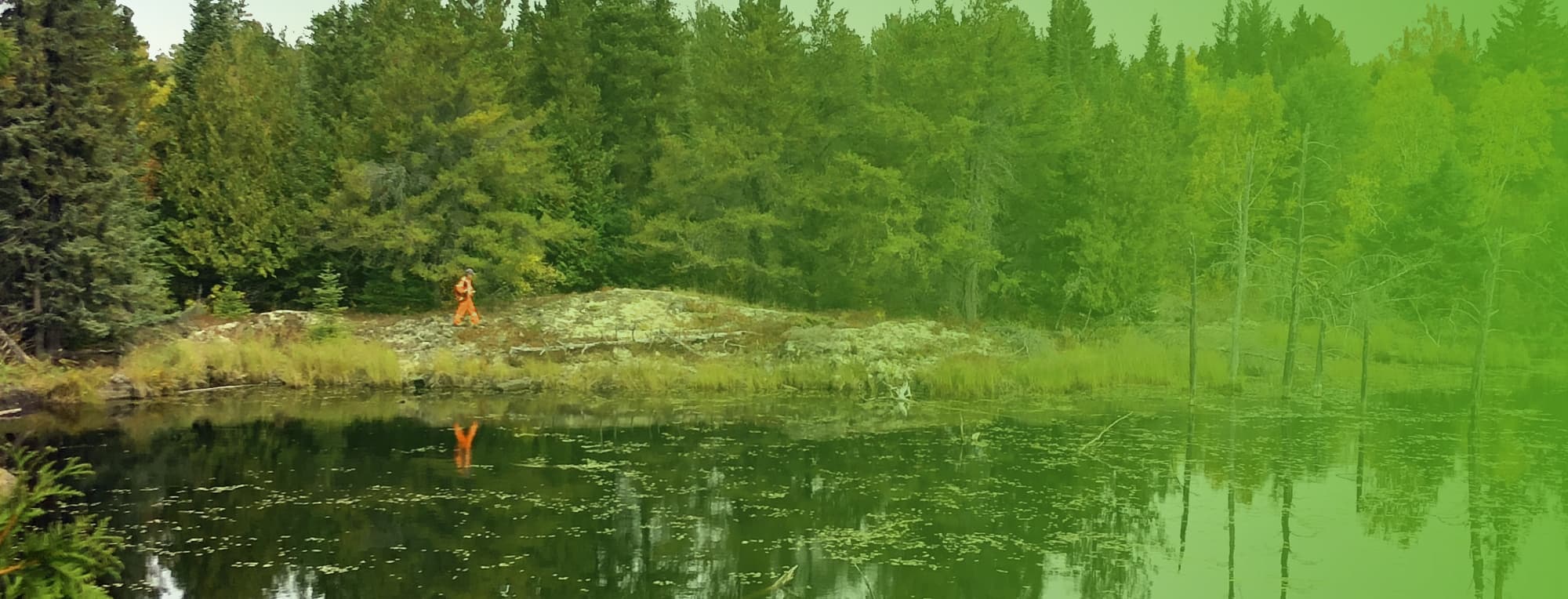
Forging the Path Forward
2022 ESG Report
Environmental
From climate change to biodiversity loss to water stress, we know the communities in which we operate – and the world at large – will experience even greater effects from a wide range of environmental threats.
As we forge the path forward, we are dedicated to seeking out new and innovative opportunities to minimize our impacts and preserve biodiversity, air quality and water quality – not just for today, but for the generations to come.
“We are forging a path toward climate action, protecting the watershed, and prioritizing the health, safety, and well-being of our people. We continue to look for opportunities to reduce GHG emissions while actively engaging with stakeholders to understand their needs related to environmental impact. Through multi-stakeholder collaborations, we strive for not just respect but also meaningful participation from all voices regarding land, water and air stewardship – helping ensure that together we can create lasting solutions that go beyond regulatory requirements.”
Beth Borody
Vice President, Sustainability
2022 Performance Highlights
327 tCO2
equivalent saved from four BEV
(based on annualized 2022 hours of operation)
~50
hectares of newly rehabilitated land
Updated
Water Balance Models at both sites
Climate Action Priorities for 2022 included identifying and updating climate risks and incorporating them into our enterprise risk register, working with sites to identify opportunities for greenhouse gas (GHG) reductions, developing New Gold’s first company-wide Climate Committee and publishing the inaugural Task Force for Climate-related Financial Disclosures (TCFD) report. New Gold is currently completing a Climate Change Feasibility Assessment on identified projects at sites.
Learn more in our Excel Factbook
Environmental Stories
Here are some Environmental highlight stories from our work in 2022.
View all stories in the Environmental Report (PDF)
Climate Change and Action
Through climate-specific targets, we are working to reduce our GHG emissions, while also allowing us to better adapt and mitigate climate change’s impact on our operations.
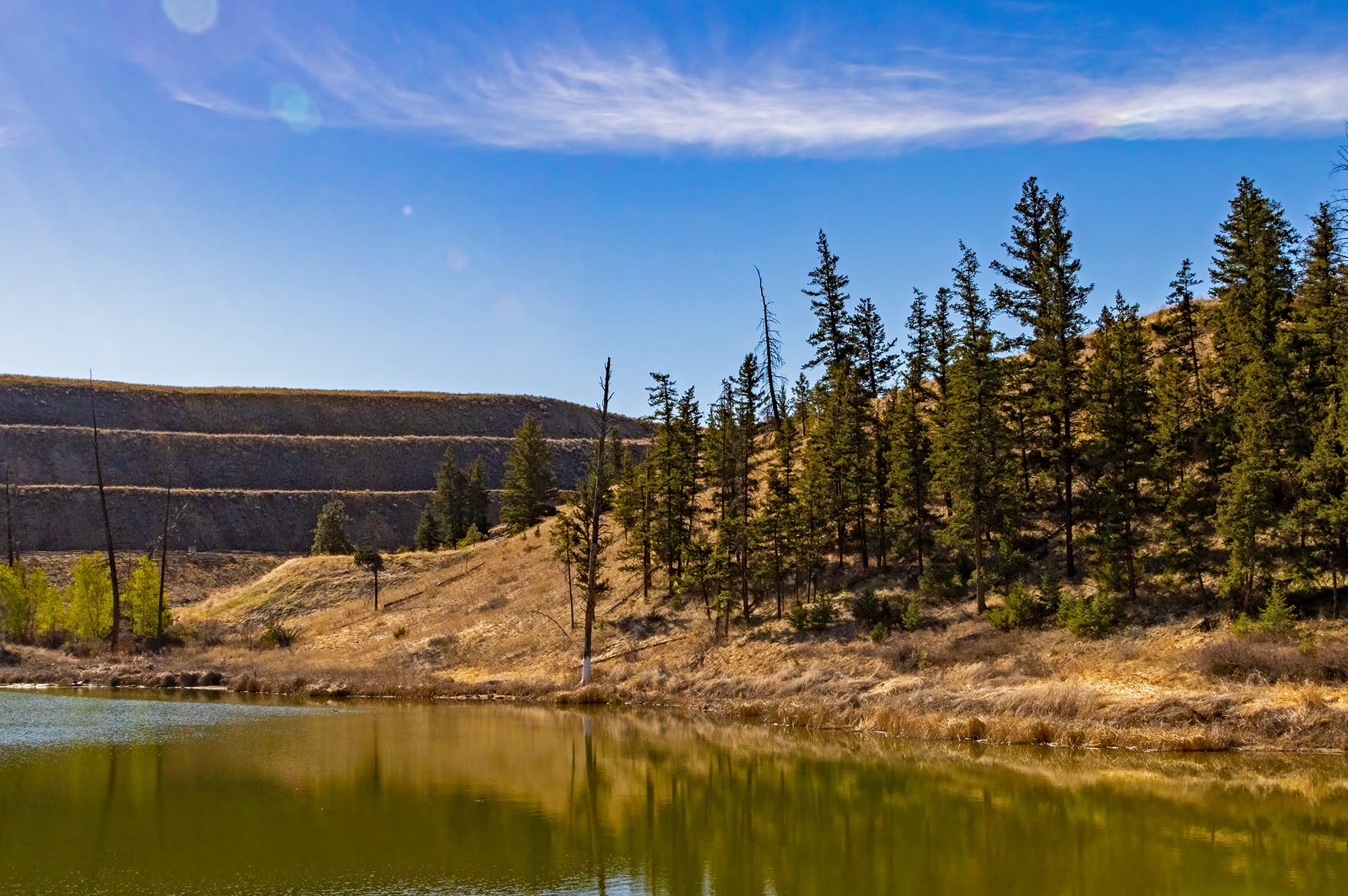
Heat Mapping to Save Fuel and Reduce Emissions
In August 2022, Rainy River installed the Cascadia heat mapping systems in 13 of its haul trucks. This technology, which identifies “hot spots” along the haul route, allows Rainy River to identify the areas of inefficiency and rectify them. Between August and December, the program supported an average fuel savings of 15 percent, equivalent to 2,738.62 tCO2e.
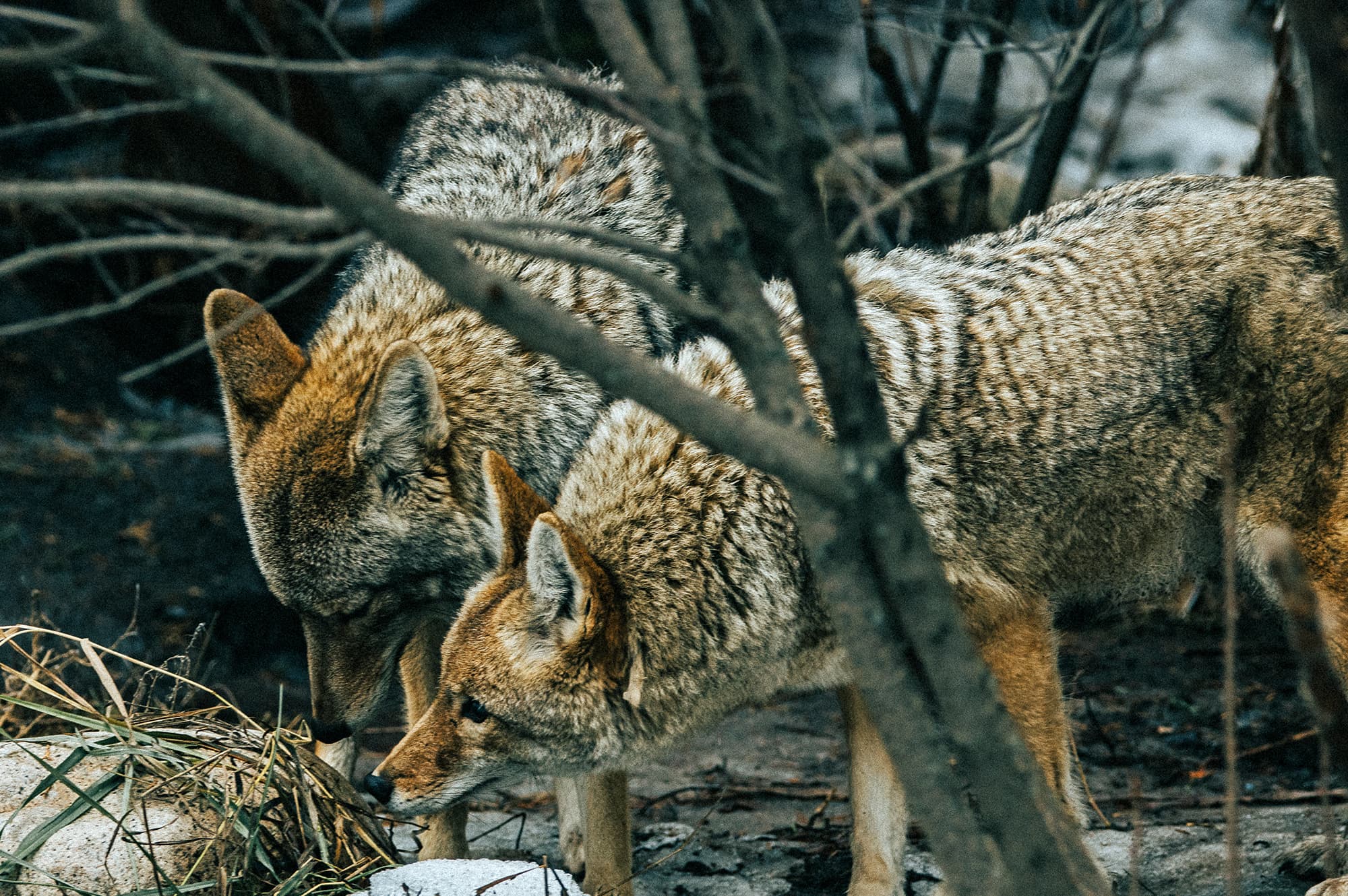
Biodiversity and Nature
Through community collaboration and proactive risk management, we promote and implement informed biodiversity initiatives throughout our operations’ life of mine.
Supporting Aquatic Animal Rehabilitation
As part of New Gold’s Community Investment Program, New Afton donated $15,000 to the BC Wildlife Park to help build an aquatic rehabilitation centre for aquatic birds. This rehabilitation centre will allow them to take in more animals, provide better care and improve the chances of successfully releasing the birds back into the wild.
Closure
Responsible mine closure at all our sites remains an important priority and it’s essential that sustainable closure planning is considered beyond simply compliance requirements. From New Gold’s perspective, closure planning should not only include restoring lands close to pre-mining conditions, but also support communities in their planning for long-term economic development.

Engagement Informs Beyond New Afton Plan
In 2022, New Afton engaged with Tk’emlúps te Secwépemc and Skeetchestn Indian Band, hosting four open houses with the two communities. In follow-up to the engagement, we validated the information provided and allowed community members to provide additional feedback. In 2023, New Afton aims to refine the Beyond New Afton Plan and roll it out to our community groups.
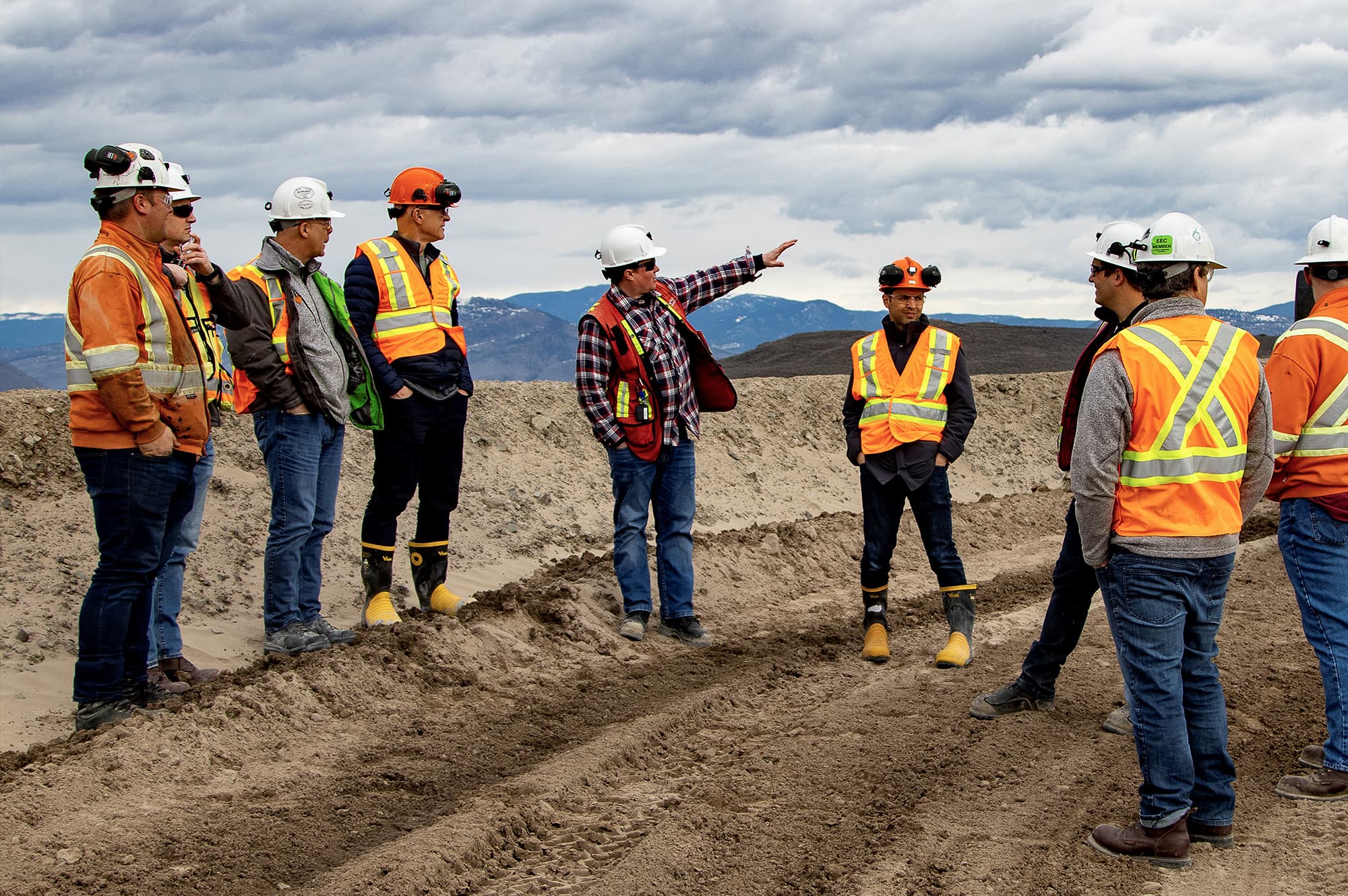
Tailings
Any compromises to the structural integrity of tailings storage facilities can pose significant risks, with potential impacts to human health, the environment and the economy. Effective tailings management is critical to our success and a key priority at New Gold.
Thickened and Amended Tailings Chart a New Path
New Afton Mine achieved a significant milestone in 2022 with the completion of Phase 1 of the Thickened and Amended Tailings (TAT) Facility.
New Afton’s TAT Facility uses a paste thickener to reduce the amount of water released in its tailings. This allows more water to be recycled back to the mill, which is expected to lower the site’s overall water consumption. New Afton’s TAT will also be stored in the APTSF, which allows for tailings disposal without the requirement of a tailings dam, improving New Afton’s already strong tailings safety measures.
Water and Water Stewardship
Water is an important resource for our operations and our role in water stewardship forms a key component of our Sustainability Strategy. By prioritizing water management, we can identify opportunities to help ensure better water quality and access.
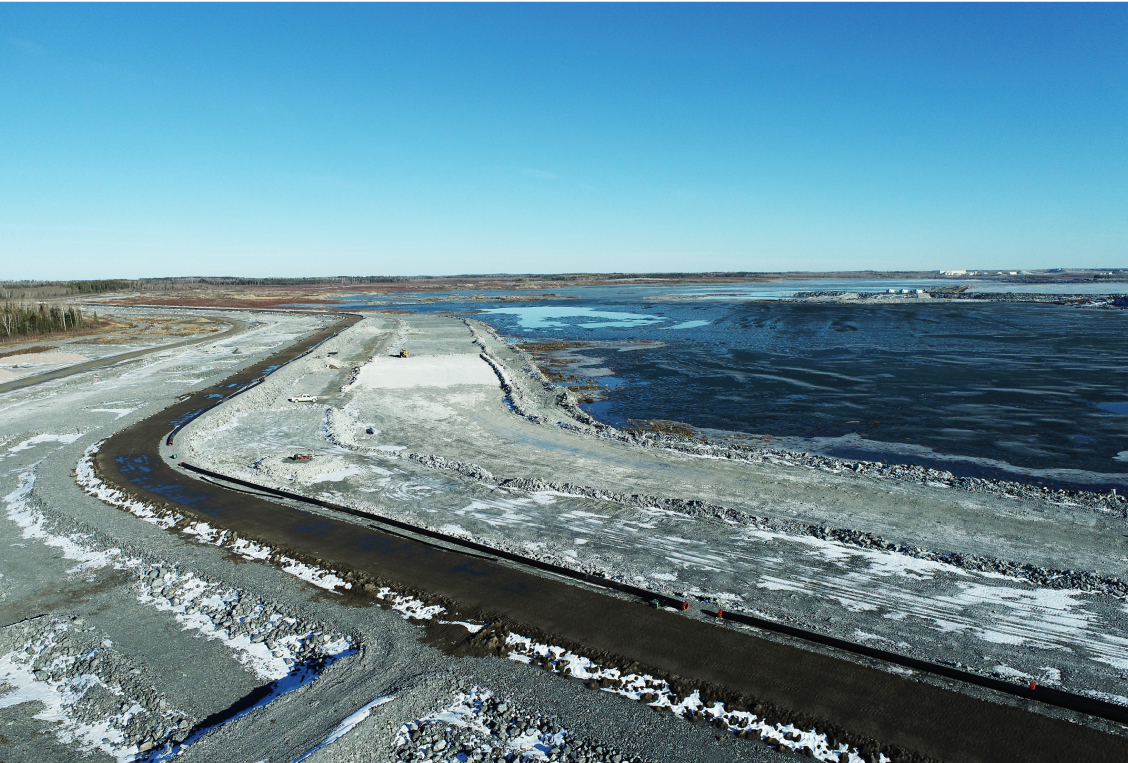
Innovative Reduction Initiatives See Results
Thanks to innovative freshwater-use reduction initiatives by the New Afton operations team, the mine saw a reduction in freshwater use from 0.53 m3/tonne processed in 2021 to 0.39 m3/tonne processed in 2022. The initiative also had an effect on energy consumption, with a reduction in energy consumption by 1,521 MWh from the previous year.
